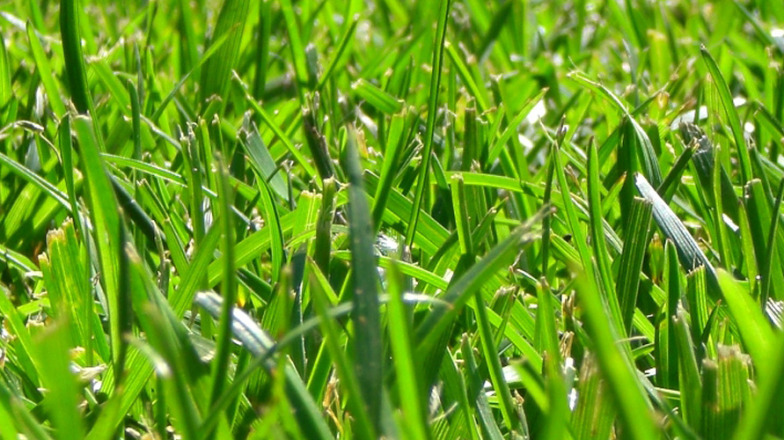Types of Weeds That Are in the Lawn and How to Control Them

- 08
- 04
- 2014
- Category:
- Fertilization Schedule
- ,
- Weed Control
People spend a lot of time and money on their yards. Landscaped and colorful, they are a beautiful thing to be proud of. Unfortunately, weeds like yards, too. The same effort to create a nice yard also makes for a good growing environment for weeds. Knowing how to identify and prevent weeds from growing keeps yards looking great.
Like flowers, there are two types of weeds:
Annuals: Annuals are easiest to control. They come up each year wherever the seeds happen to land and grow roots. Their shallow root systems make them easy to pull out of the ground.
Perennials: Perennials have deeper roots and may even have a thick taproot. Perennial weeds come back every year, if not controlled.
Common Annuals you may see include:
-
Ragweed – This is a small plant with fern-like leaves. People with allergies often react to ragweed.
-
Crabgrass – This is one of the most common weeds in the yard. It has dark red or purple stems and grows close to the ground making mowing an ineffective way to control it.
-
Spotted Spurge – This plant has a small purple or red spot on each leaf. It has very shallow roots and can be pulled up easily. Planting a very think yard can keep this plant from finding a spot to take root.
-
Chickweed – This plant shows up as a thick, flat mat with tiny white flowers. One type of chickweed does best in cool, moist conditions. Another does better in summer heat.
-
Knotweed – This plant is often found where the soil is very dry and compacted. It is a wiry mat of blue-green leaves and usually has small light-colored flowers.
-
Bluegrass – This is a grass that grows very low to the ground and is bright green. It likes cool, moist weather and can die out completely in hot , dry weather.
Common Perennials you may see include:
-
Dandelions – These have small to medium yellow flowers and can spread quickly through fluffy seeds that are spread by the wind. They have long roots that make them hard to pull up out of the ground. If the whole taproot is not removed, the plant will grow back.
-
White Clover – This plant has white flowers and creates runners that grow on top of the soil.
-
Nettle – This plant produces fuzzy-looking leaves with small flowers. Stinging nettle can be painful to touch. Nettle has roots that quickly spread and it can become very aggressive in yards.
-
Plantain – This weed has broad leaves with large veins. If left to grow it can become thick and smother a lawn.
-
Ground Ivy – This plant can have scalloped leaves with square stems. Small purple flowers often appear. Ivy grows best in moist areas of the yard where a lot of shade is available.
Controlling Weeds in the Yard
The key is to get the weeds out of the yard early, as they are still just seeds. Pull annuals out as soon as you see them. If you are seeing the same perennials in the yard each year, dig down deep to get out all of the root system. For weeds that have runners, follow the plant back to its roots and make sure you have pulled them all up.
Herbicides will help annuals from growing back in the same place. With perennials, it may take a full growth cycle of one or two years for the herbicide to stop the plant.
Large areas of grassy weeds may need to be treated and the yard re-seeded to allow the grass to take back the soil.
Because weeds can be difficult to identify and control, many people call on landscaping companies who specialize yard care. They have staff who know how to control the weeds while keeping the grass healthy and looking nice. If you have questions about your lawn or would like to schedule a free consultation please call 630-551-8794.
